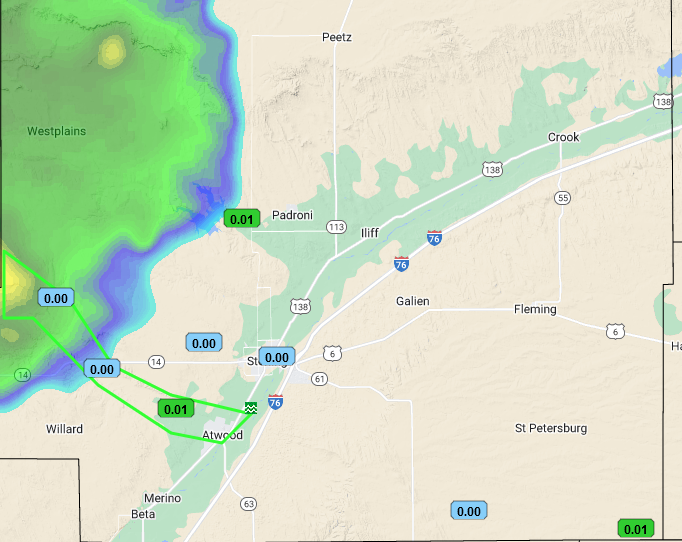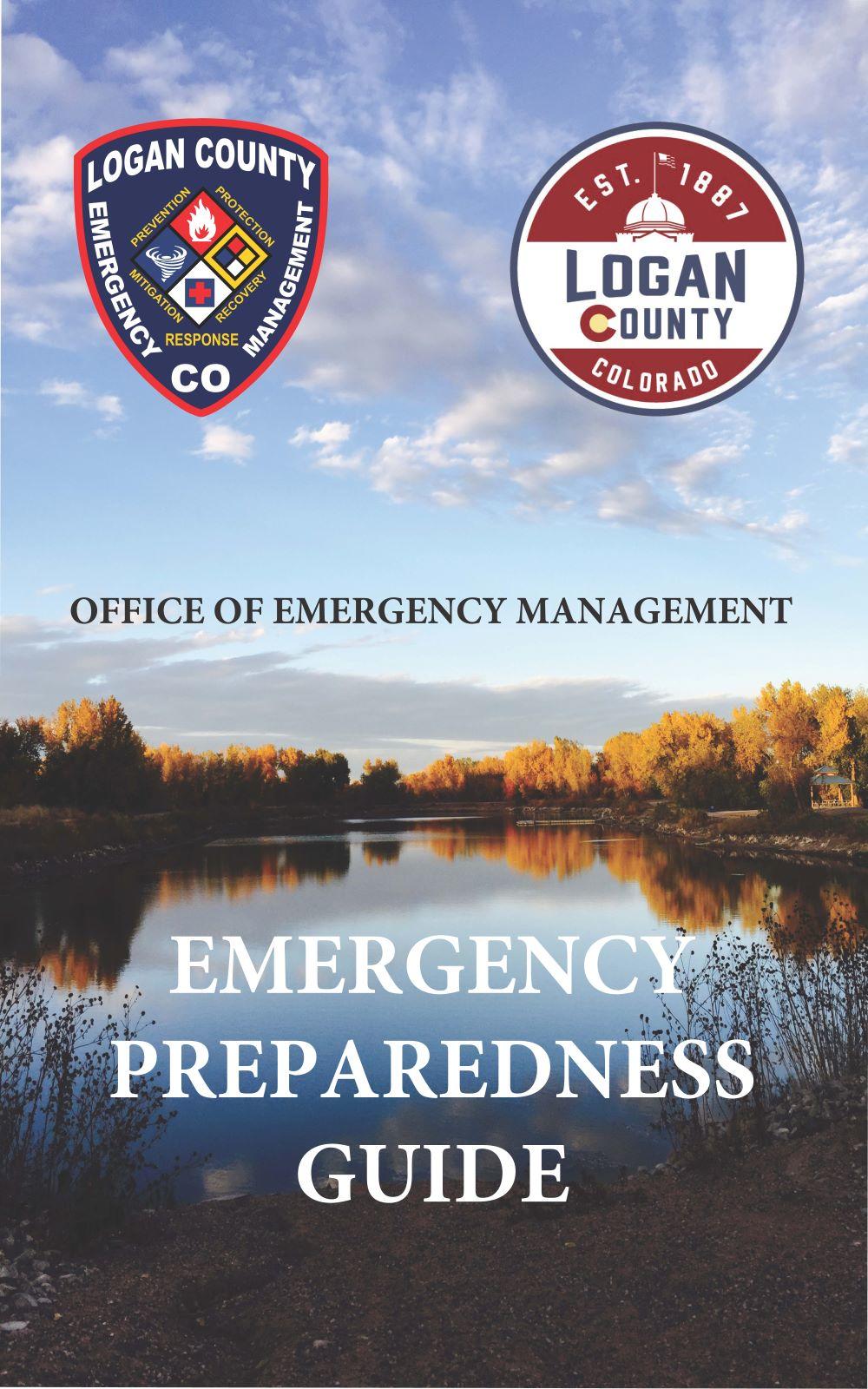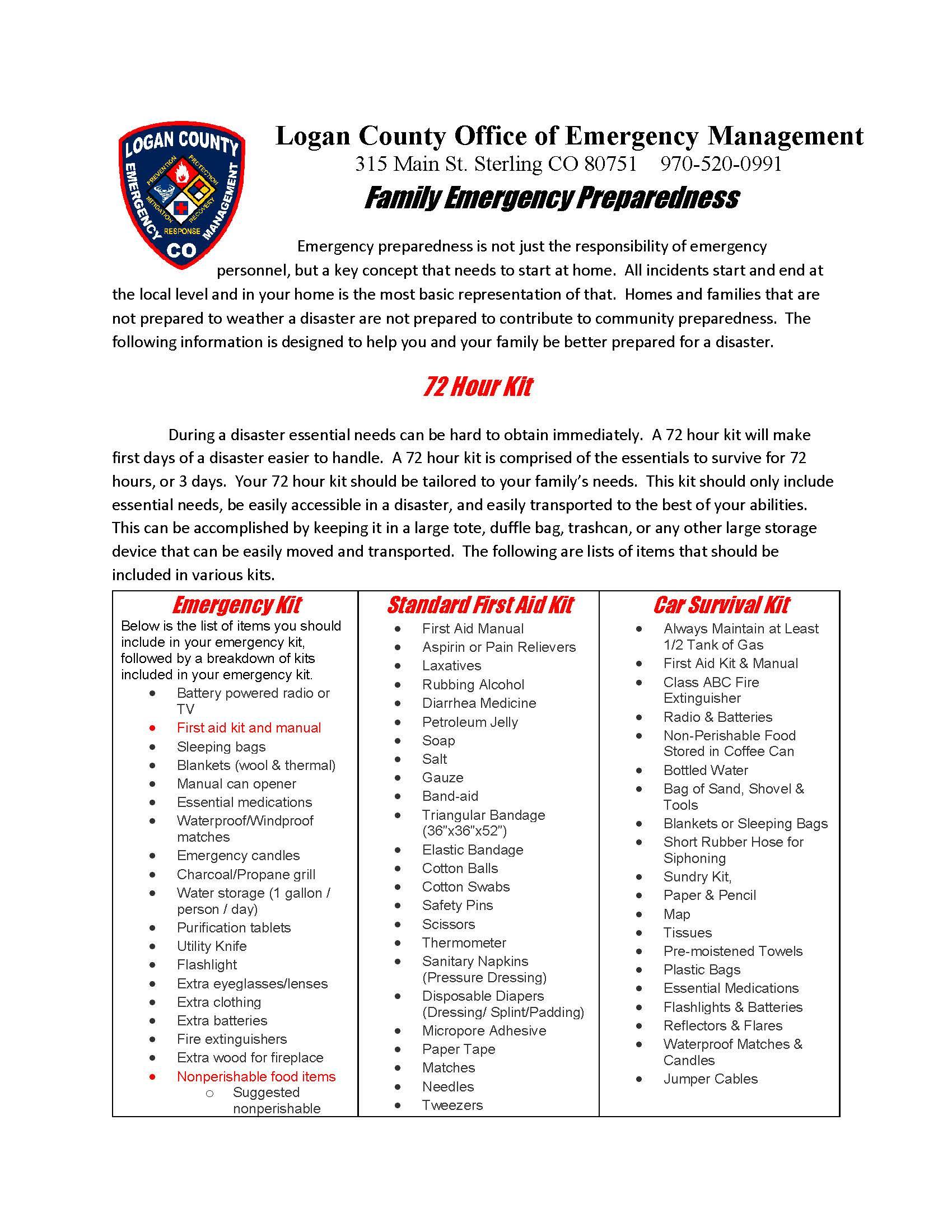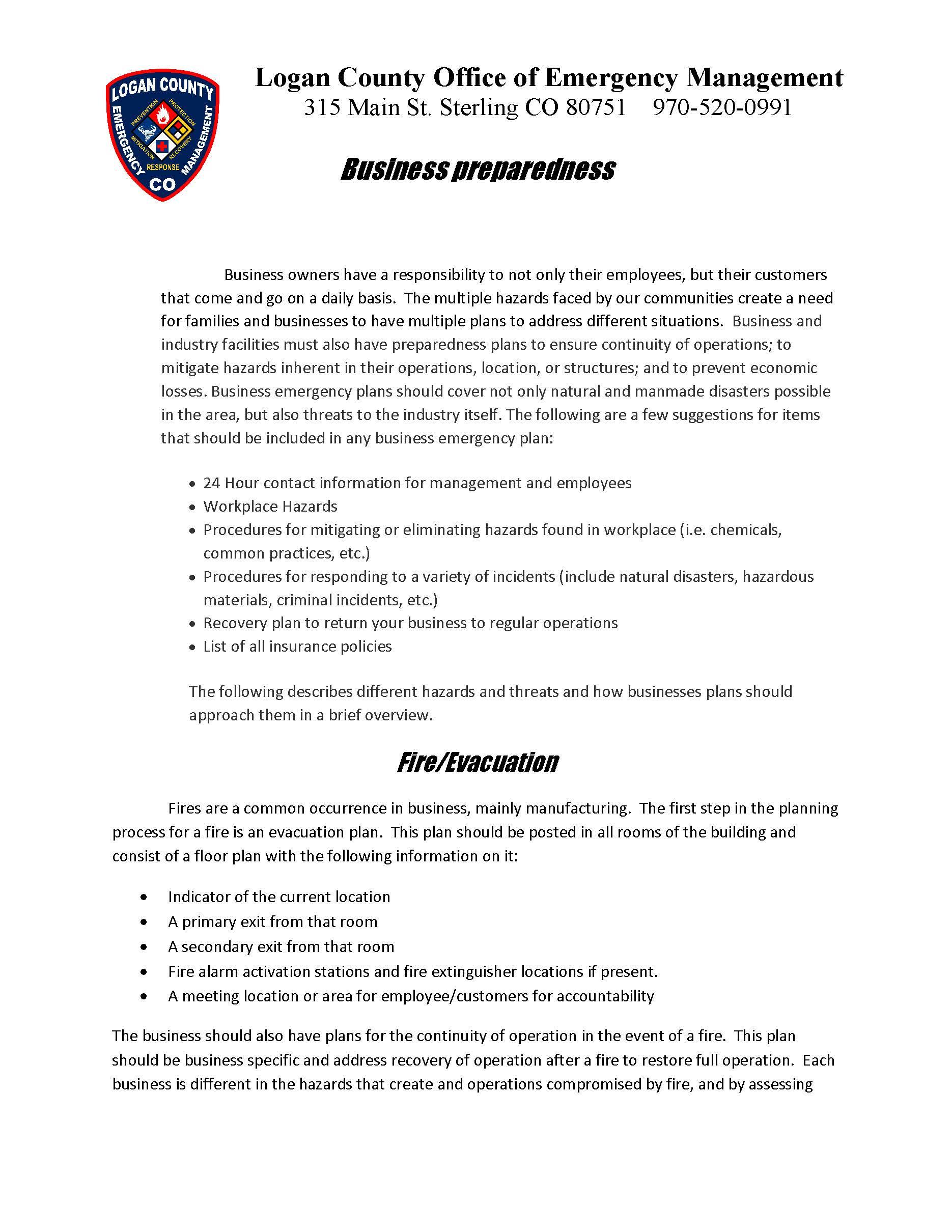Logan County Emergency Manager
Josilyn Lutze
Logan County Emergency Mgr
315 Main Street
Sterling, CO 80751
970-520-0991
loganoem@logancountyco.gov
lutzej@logancountyco.gov
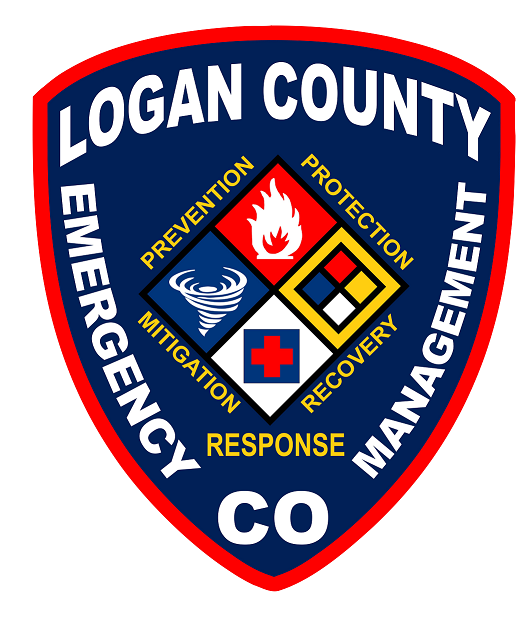
LOGAN COUNTY
EMERGENCY NOTIFICATION SYSTEM

The CodeRED system is used to send emergency notifications, from evacuation notices to missing child alerts. Residents and businesses located within Logan County are encouraged to sign up for CodeRED to be sure they receive timely emergency notifications and other important information and instructions when alerts are issued. This is our way of notifying you in an emergency situation.
When you enroll in the CodeRED system, alerts are issued to you by your geographical location. Alerts can be sent to your cell phone, land line, by text, and even email. You get to choose! With CodeRED, you get the option of also receiving the CodeRED Weather Warning. These alerts are automatically generated when the National Weather Service issues a warning for your location. This early warning could prove to be life saving.
The CodeRED alert system is free to Logan County residents. To sign up for CodeRED, click on the picture at the top of the page. It will only take a few minutes to enjoy a service that just may save your life. Please tell all of your friends and family about this invaluable service. If they don’t have computer access, have them contact our office and we will be happy to assist them.
Know the terms used to describe changing winter weather conditions and what actions to take. These terms can be used to determine the timeline and severity of an approaching storm. (Advisory / Watch / Warning). The NWS also issues advisories and warnings for other winter weather, including blizzards, freezes, wind chill, lake effect snow, and dense fog. Be alert to weather reports and tune in for specific guidance when these conditions develop.
Freezing Rain - Rain that freezes when it hits the ground, creating a coating of ice on roads, walkways, trees and power lines.
Sleet - Rain that turns to ice pellets before reaching the ground. Sleet also causes moisture on roads to freeze and become slippery.
Wind Chill- Windchill is the temperature it “feels like” when you are outside. The NWS provides a Windchill Chart to show the difference between air temperature and the perceived temperature and the amount of time until frostbite occurs. For more information, visit: www.nws.noaa.gov/om/windchill.
Winter Weather Advisory - Winter weather conditions are expected to cause significant inconveniences and may be hazardous. When caution is used, these situations should not be life threatening. The NWS issues a winter weather advisory when conditions are expected to cause significant inconveniences that may be hazardous. If caution is used, these situations should not be life-threatening.
Winter Storm Watch - A winter storm is possible in your area. Tune in to NOAA Weather Radio, commercial radio, or television for more information. The NWS issues a winter storm watch when severe winter conditions, such as heavy snow and/or ice, may affect your area but the location and timing are still uncertain. A winter storm watch is issued 12 to 36 hours in advance of a potential severe storm. Tune in to NOAA Weather Radio, local radio, TV, or other news sources for more information. Monitor alerts, check your emergency supplies, and gather any items you may need if you lose power.
Winter Storm Warning - A winter storm is occurring or will soon occur in your area.
Blizzard Warning - Sustained winds or frequent gusts to 35 miles per hour or greater and considerable amounts of falling or blowing snow (reducing visibility to less than a quarter mile) are expected to prevail for a period of three hours or longer.

